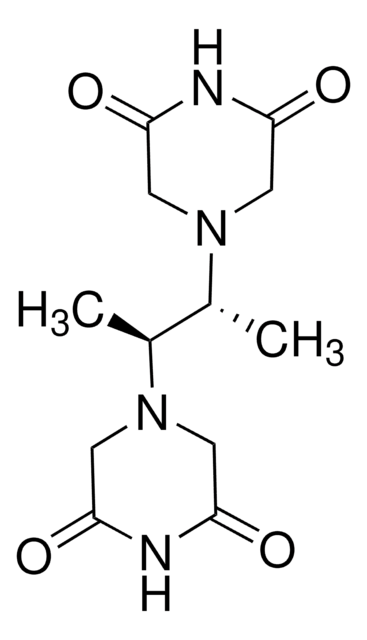etoposide product has not been validated for in vivo studies. However, among the options available, E1383 has shown good performance for in vivo studies on mice through intraperitoneal injection.
For more information on this, refer the following citation: Cancer Res. 2016 Jun 1;76(11):3211-23. doi: 10.1158/0008-5472.CAN-15-0025. Epub 2016 Apr 13. "Radiation Sensitivity in a Preclinical Mouse Model of Medulloblastoma Relies on the Function of the Intrinsic Apoptotic Pathway" PMID: 27197166

















